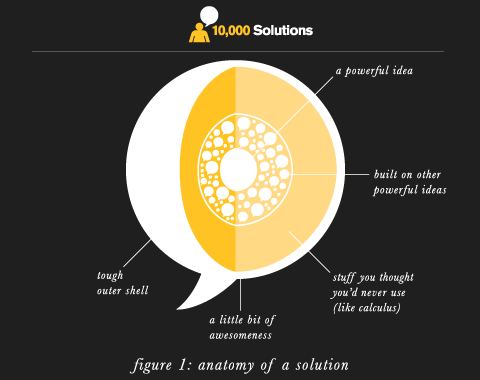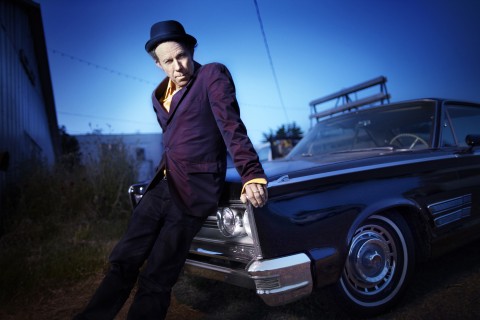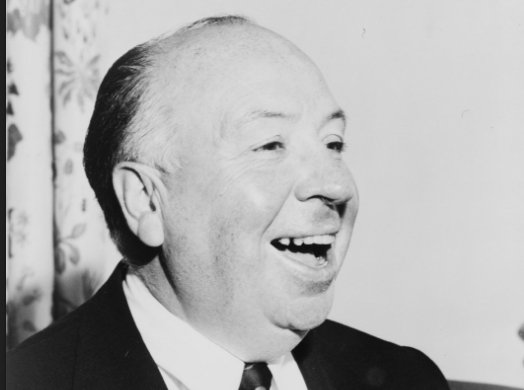Remember Spike Jonze’s stop motion film Mourir Auprès de Toi? When we featured it last week, one of our readers called it “Slow, boring and unimaginative.” He then continued:
Warner Brothers’ animation department did several cartoons based on this concept over 50 years ago that packed much more energy and humor into a very few minutes worth of dazzling animation.
The reader was also good enough to point us to one such early cartoon, which we’re featuring today. (See above.)
Released in 1946, the Looney Tunes cartoon Book Revue starts with a scene that may look familiar if you watched Jonze’s film: It’s midnight. The bookstore is closed. The lights are off. No creatures are stirring, not even … Scratch that, the books are stirring. They’re coming to life. And the hormones are running high, a little too high. You can watch the rest, but we’ll leave you with this tidbit. In 1994, Book Revue was voted one of the 50 greatest cartoons of all time by a group of 1,000 animation professionals. We thank Mike for sending this our way.
For good measure, let’s also rewind the clock to 1938, when Merrie Melodies released Have You Got Any Castles? It may well be the original books-come-to-life cartoon. We start again at midnight, and the book covers do their thing. Dr. Jekyll and Mr. Hyde, Fu Manchu, The Phantom of the Opera, and Frankenstein make an appearance, along with other famous literary characters. When TBS re-released this cartoon decades later, several characters from this original film (Bill “Bojangles” Robinson from The 39 Steps, and Cab Calloway singing “I’ve Got Swing For Sale”) were edited out because of the indelicate way that African-Americans were caricatured here. Talent these 1930s animators had. But also their blindspots too.…





